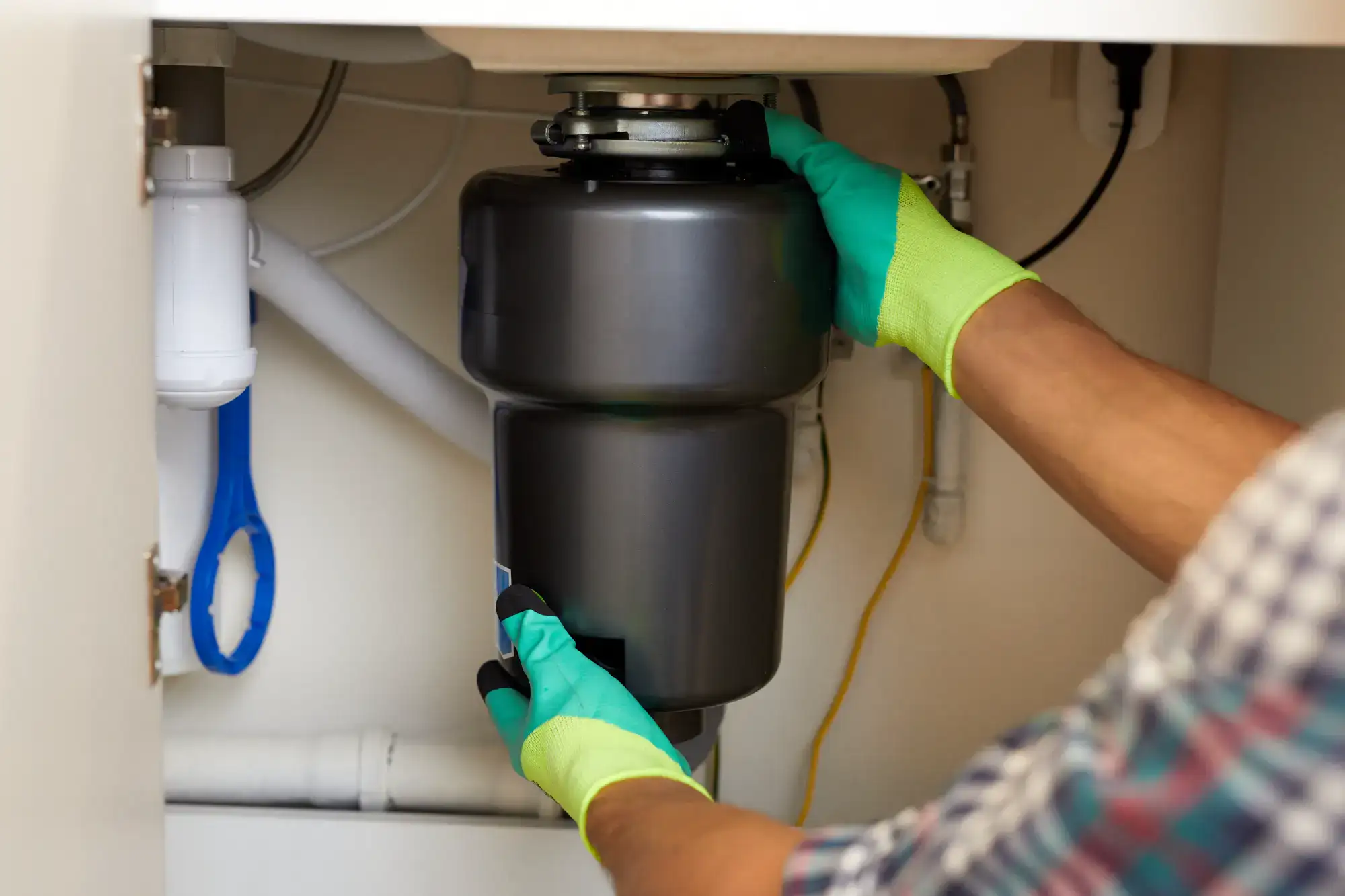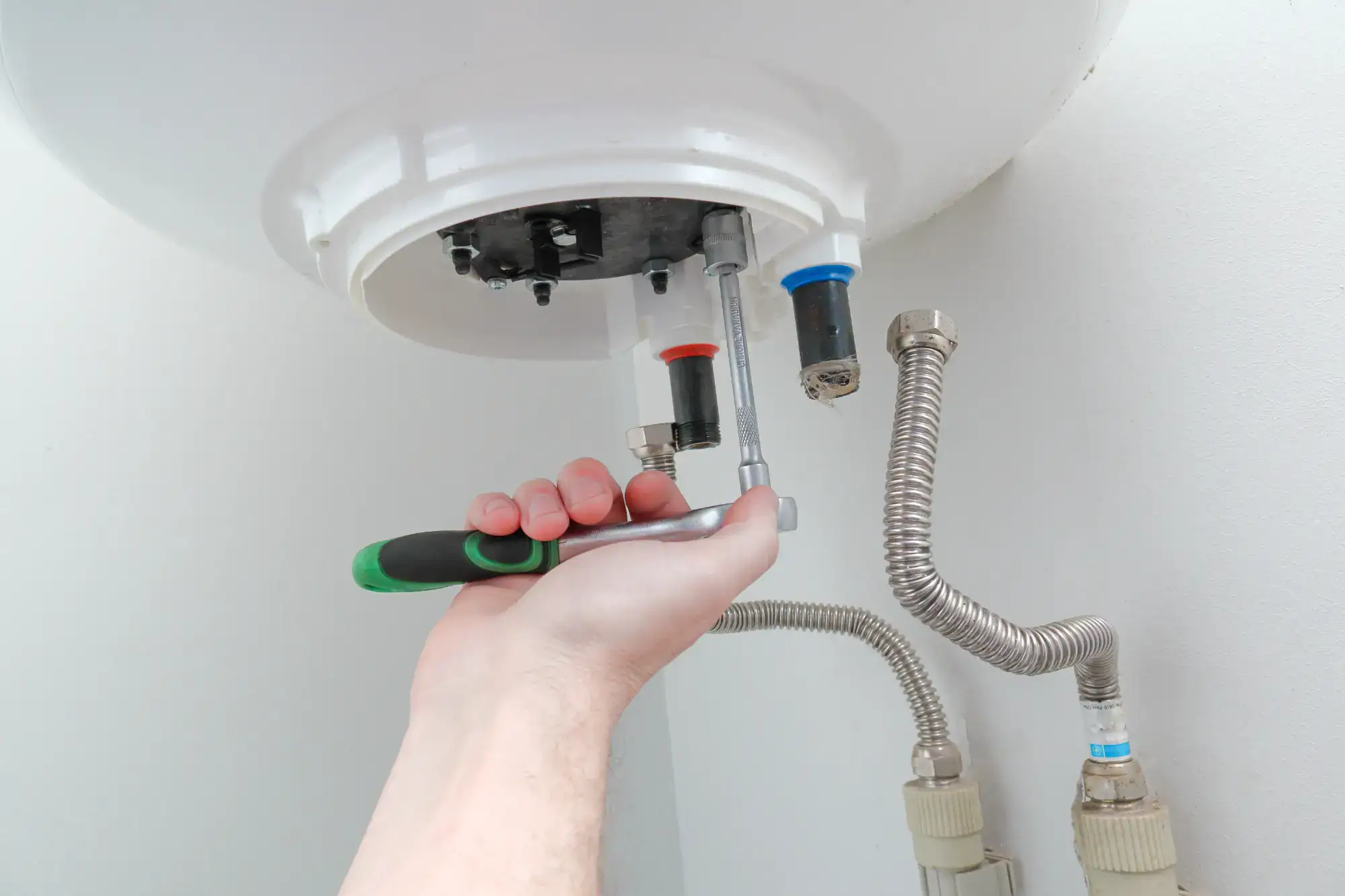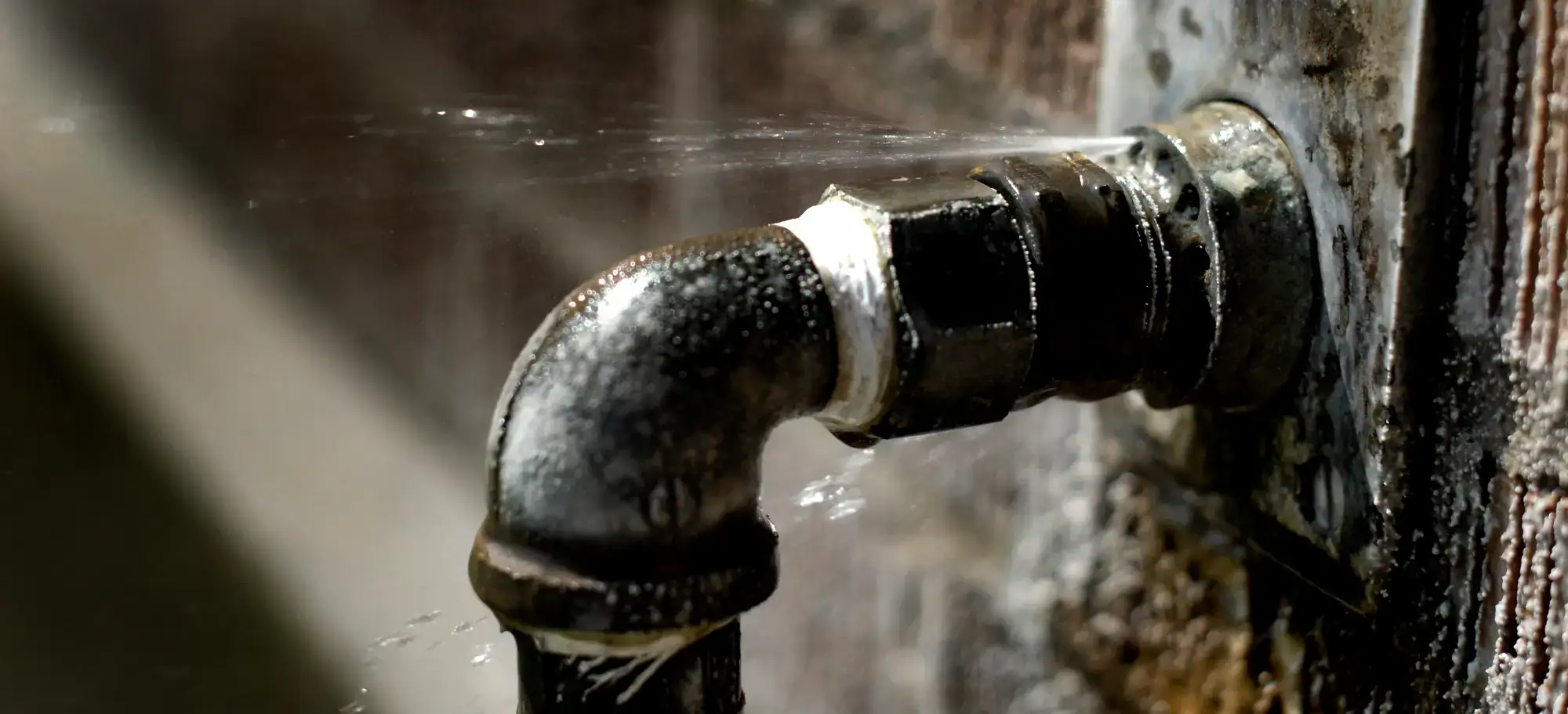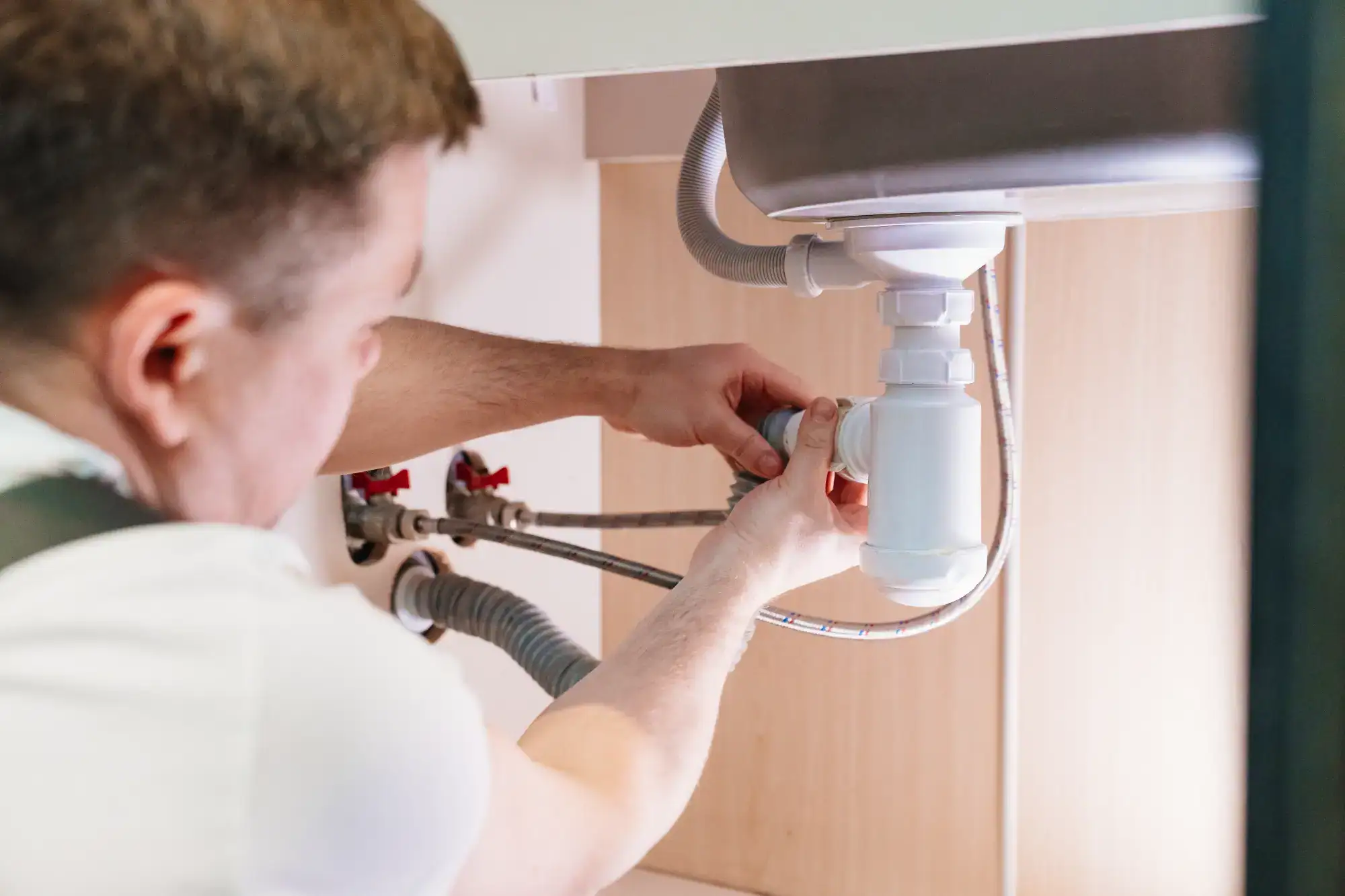Summary:
What Actually Causes Drain Clogs and Sewer Backups
Understanding the root causes puts you in control of prevention. Most homeowners think clogs just “happen,” but there’s always a reason behind every blocked drain.
Kitchen drains face the biggest challenges. Grease, food scraps, and soap residue create the perfect storm for blockages. Even small amounts of cooking oil solidify in your pipes, catching other debris and building up over time.
Bathroom drains deal with hair, soap scum, and personal care products. That hair you see going down the shower drain doesn’t just disappear—it tangles with soap buildup and creates stubborn clogs that grow larger each day.
Why San Francisco Homes Face Unique Plumbing Challenges
San Francisco’s aging infrastructure creates specific problems you won’t find everywhere. Many homes still have original plumbing from decades ago, with pipes that have narrowed over time due to mineral buildup and corrosion.
The city’s hills and seismic activity put additional stress on underground pipes. Ground shifts from heavy rains or minor tremors can cause pipes to separate or crack, leading to unexpected backups. Tree roots are particularly aggressive here, seeking out moisture from any small crack in your sewer line.
San Francisco’s unique topography also means drainage systems work harder than in flatter areas. When heavy rains hit, the municipal sewer system can become overwhelmed, causing water to back up into homes through floor drains and other low-lying fixtures.
Your home’s plumbing connects to a larger network that serves the entire neighborhood. When problems occur upstream in the city’s main lines, individual homes can experience backups even when their own pipes are clear. This is why prevention becomes even more critical—you need systems that can handle both normal use and unexpected surges.
The combination of older infrastructure, challenging terrain, and high population density means San Francisco homeowners must be more proactive about drain maintenance than residents in newer, less densely populated areas. What might be a minor issue elsewhere can quickly escalate into a major problem here.
Early Warning Signs You Should Never Ignore
San Francisco’s aging infrastructure creates specific problems you won’t find everywhere. Many homes still have original plumbing from decades ago, with pipes that have narrowed over time due to mineral buildup and corrosion.
The city’s hills and seismic activity put additional stress on underground pipes. Ground shifts from heavy rains or minor tremors can cause pipes to separate or crack, leading to unexpected backups. Tree roots are particularly aggressive here, seeking out moisture from any small crack in your sewer line.
San Francisco’s unique topography also means drainage systems work harder than in flatter areas. When heavy rains hit, the municipal sewer system can become overwhelmed, causing water to back up into homes through floor drains and other low-lying fixtures.
Your home’s plumbing connects to a larger network that serves the entire neighborhood. When problems occur upstream in the city’s main lines, individual homes can experience backups even when their own pipes are clear. This is why prevention becomes even more critical—you need systems that can handle both normal use and unexpected surges.
The combination of older infrastructure, challenging terrain, and high population density means San Francisco homeowners must be more proactive about drain maintenance than residents in newer, less densely populated areas. What might be a minor issue elsewhere can quickly escalate into a major problem here.
Want live answers?
Connect with a Sugar Bear Home Services expert for fast, friendly support.
Proven Prevention Strategies That Actually Work
Prevention isn’t about buying expensive products or complicated procedures. The most effective strategies are simple habits that become second nature once you understand why they matter.
Start with what goes down your drains. Your kitchen sink isn’t a garbage disposal, even if you have one. Grease, coffee grounds, and food scraps belong in the trash, not your pipes. Even “flushable” wipes don’t break down like toilet paper and cause major blockages.
Regular maintenance prevents small problems from becoming big ones. Hot water flushes help dissolve soap buildup, while simple tools like drain screens catch hair and debris before they enter your pipes.
Kitchen Drain Protection Made Simple
Your kitchen produces the most challenging waste for your plumbing system. Grease and food particles create clogs that are difficult and expensive to remove, but easy to prevent with the right approach.
Never pour cooking oil, grease, or fat down your drain, even with hot water running. These substances solidify as they cool, coating your pipes and trapping other debris. Instead, let grease cool and solidify, then scrape it into the trash. For small amounts, wipe pans with paper towels before washing.
Use your garbage disposal correctly if you have one. Run cold water while operating the disposal and for 30 seconds afterward. Cold water keeps grease solid so it can be chopped up and flushed away, rather than coating your pipes. Avoid putting fibrous foods like celery, onion skins, or potato peels down the disposal—these can wrap around the blades and cause jams.
Install a simple mesh strainer in your kitchen sink to catch food particles. These inexpensive devices prevent most food waste from entering your drain system. Clean the strainer after each use and rinse it thoroughly to prevent bacteria buildup.
Maintain your kitchen drains with regular hot water flushes. Once a week, boil a large pot of water and pour it slowly down the drain in two or three stages. This helps dissolve soap buildup and flush away small particles that might be accumulating in your pipes.
Consider the cumulative effect of your daily habits. Small amounts of food waste, grease, and soap might not seem significant individually, but they add up over time. Consistent prevention is much easier and less expensive than dealing with major blockages later.
Bathroom Drain Maintenance That Prevents Problems
Bathroom drains handle a different set of challenges than kitchen drains, but the prevention principles remain the same: keep problematic materials out of your pipes and maintain regular cleaning routines.
Hair is the primary culprit in bathroom drain clogs. Install drain covers or screens in your shower and bathtub to catch hair before it goes down the drain. Clean these covers regularly—hair removal is much easier when it’s still on the surface rather than tangled deep in your pipes.
Soap scum builds up more quickly than most people realize. Modern liquid soaps flow through pipes better than bar soaps, which leave a film that sticks to pipe walls and catches other debris. If you prefer bar soap, rinse fixtures thoroughly with hot water after each use to help dissolve residual soap film.
Be selective about what personal care products go down your drains. Heavy conditioners, hair masks, and exfoliating scrubs can contribute to clogs, especially when combined with hair and soap residue. Rinse these products away with plenty of hot water, or consider removing excess product with a washcloth before rinsing.
Monthly maintenance keeps bathroom drains flowing freely. Pour a kettle of hot water down each drain, followed by a mixture of baking soda and vinegar. Let this natural cleaning solution sit for 15 minutes, then flush with more hot water. This routine helps break down soap buildup and organic matter before they can form serious clogs.
Pay attention to water pressure and drainage speed in your bathroom fixtures. Gradual changes often indicate developing problems that are much easier to address early. If your shower drain starts draining more slowly, don’t wait until it’s completely blocked to take action.
Keep Your San Francisco Home's Plumbing Flowing Smoothly
Preventing clogged drains and sewer backups isn’t complicated, but it does require consistency. The simple habits you implement today protect your home from expensive emergency repairs and water damage down the road.
Remember that San Francisco’s unique challenges—aging infrastructure, seismic activity, and challenging topography—make prevention even more important here than in other areas. Your proactive approach to drain maintenance helps your plumbing system handle both daily use and unexpected stresses.
When prevention isn’t enough or you notice early warning signs of developing problems, don’t wait for a complete blockage or backup. We’ve been helping San Francisco homeowners maintain healthy plumbing systems since 2001, with the third-generation expertise to diagnose problems thoroughly and fix them right the first time.





